1. Beetles Roll & Dance on Dung
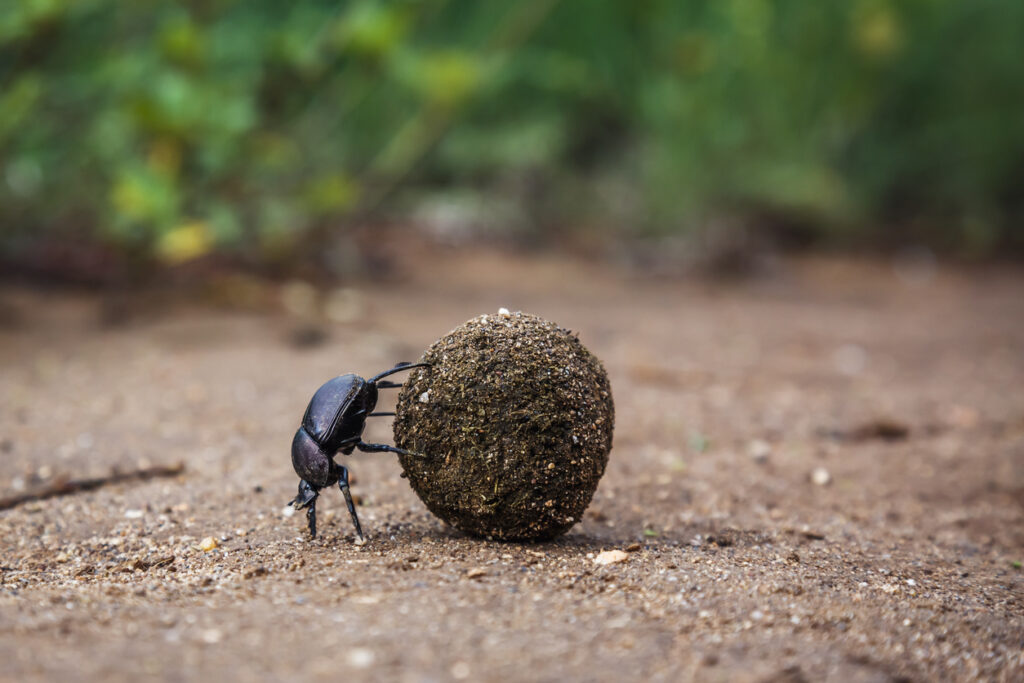
Dung beetles carve feces into balls and roll them away to bury as food or a nursery for their young. To ensure they travel straight and avoid competition at the dung pile, they periodically climb atop the ball and spin in place, a behavior researchers call the “dung beetle dance”. This spinning helps them reorient using sky cues like the sun, moon, or polarized light, even the Milky Way on moonless nights.
2. Koala Babies Eat Mom’s Poop
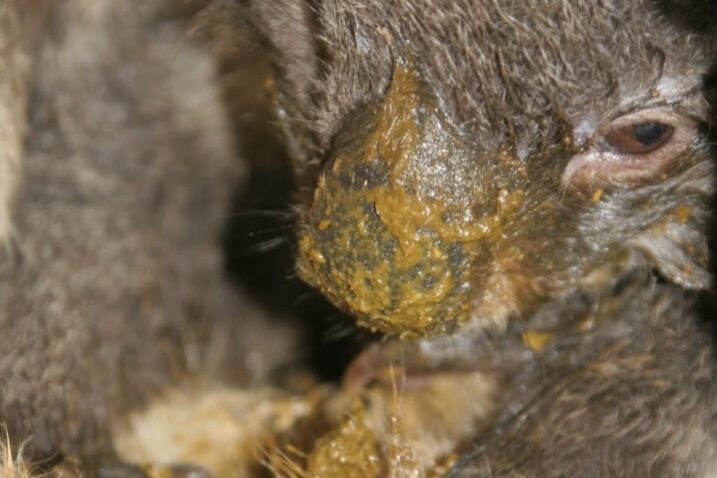
Koala joeys feed on a special soft feces called “pap” provided by their mothers. This poop contains gut microbes needed to process eucalyptus leaves, which are toxic and otherwise indigestible. Eating pap is essential for young koalas to establish a healthy microbiome and safely transition to adult food. Though it sounds revolting to our senses, it’s a critical survival tactic in the animal world.
3. Wombats Stack Cube Poop
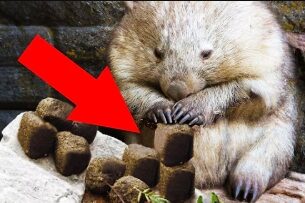
Wombats produce cube-shaped droppings and then stack them on rocks or logs to send scent messages to other wombats. Their intestinal walls constrict and stretch to sculpt each piece into a neat cube, making the feces far less likely to roll away, perfect for territorial markers. This odd design may seem comical, but it’s an evolutionarily clever way to communicate reliably over overlapping home ranges.
4. Monkeys Throw & Eat It
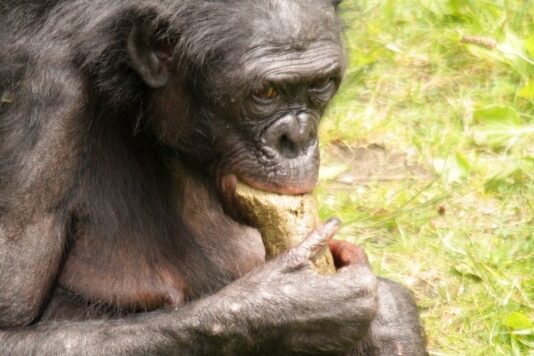
Some monkeys, especially capuchins and macaques, will throw feces when stressed, bored, or marking territory, offering a surprisingly human-like reaction to frustration or warning. Although rarely, they also engage in coprophagy: eating their own or others’ poop to absorb nutrients or rebalance gut bacteria, much like rabbits do with cecotropes. This behavior is more common in captive settings and can be affected like food availability and social dynamics. Though repelling to people, this behavior helps them maximize nutrition in tough environments or recover from digestive imbalances.
5. Elephant Calves Ingest Poop
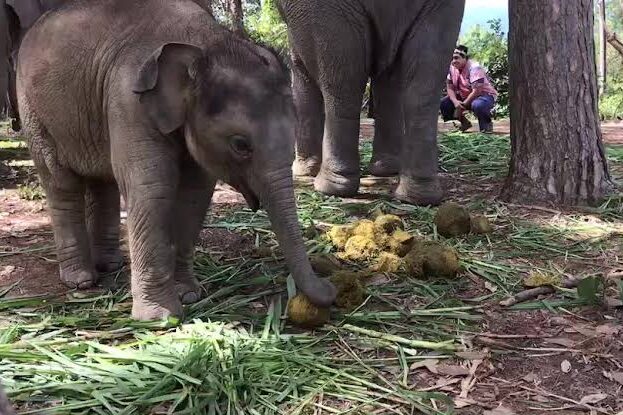
Baby elephants and hippo calves consume adult dung as a way to acquire essential gut bacteria needed to digest fibrous plants, especially during weaning transitions from milk to solid food. This coprophagy helps them build a functioning digestive system adapted to tough, low-nutrient diets. It may seem unappealing to us, but for young herbivores in the wild, that poop snack is like a probiotic that shapes their healthy development.
6. Termites Build With Feces
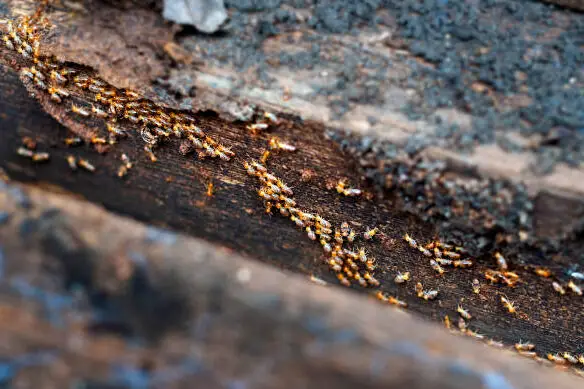
Some termite species mix their own feces into the walls of their nest tunnels and chambers, creating a protective “carton” material that supports fungus farming and insulation. Studies show this fecal lining nurtures beneficial microbes, especially Streptomyces, which produce antimicrobial compounds to inhibit fungal pathogens in the nest environment. This sanitation strategy is smart evolution: poop becomes architecture and medicine in one, helping entire colonies thrive even in high-microbial soils.
7. Sloths Poop Weekly & Risk Death
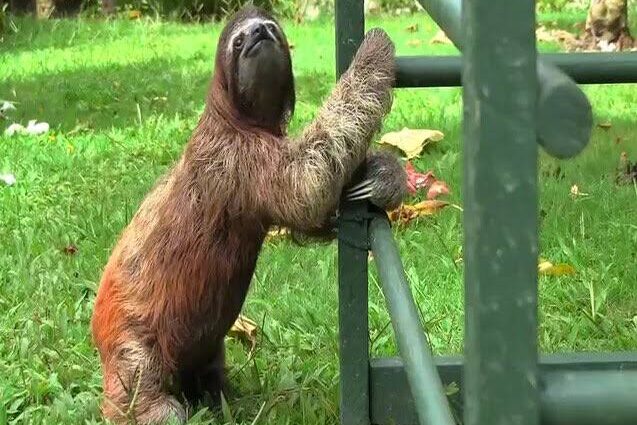
Sloths like three-toed sloths, descend from their canopy homes only about once every week or 5-8 days to defecate at the base of the same tree, a trip that can cost up to one-fifth or even one-third of their body weight in feces. This rare outing exposes them to predators, costs up to 8% of their daily energy and an estimated 50% of sloth deaths occur during these bathroom journeys. Despite the danger and high energy cost, scientists still debate why sloths follow this risky routine, some theories include tree fertilization, moth symbiosis, or territory marking.
8. Caterpillars Fling Fecal Pellets
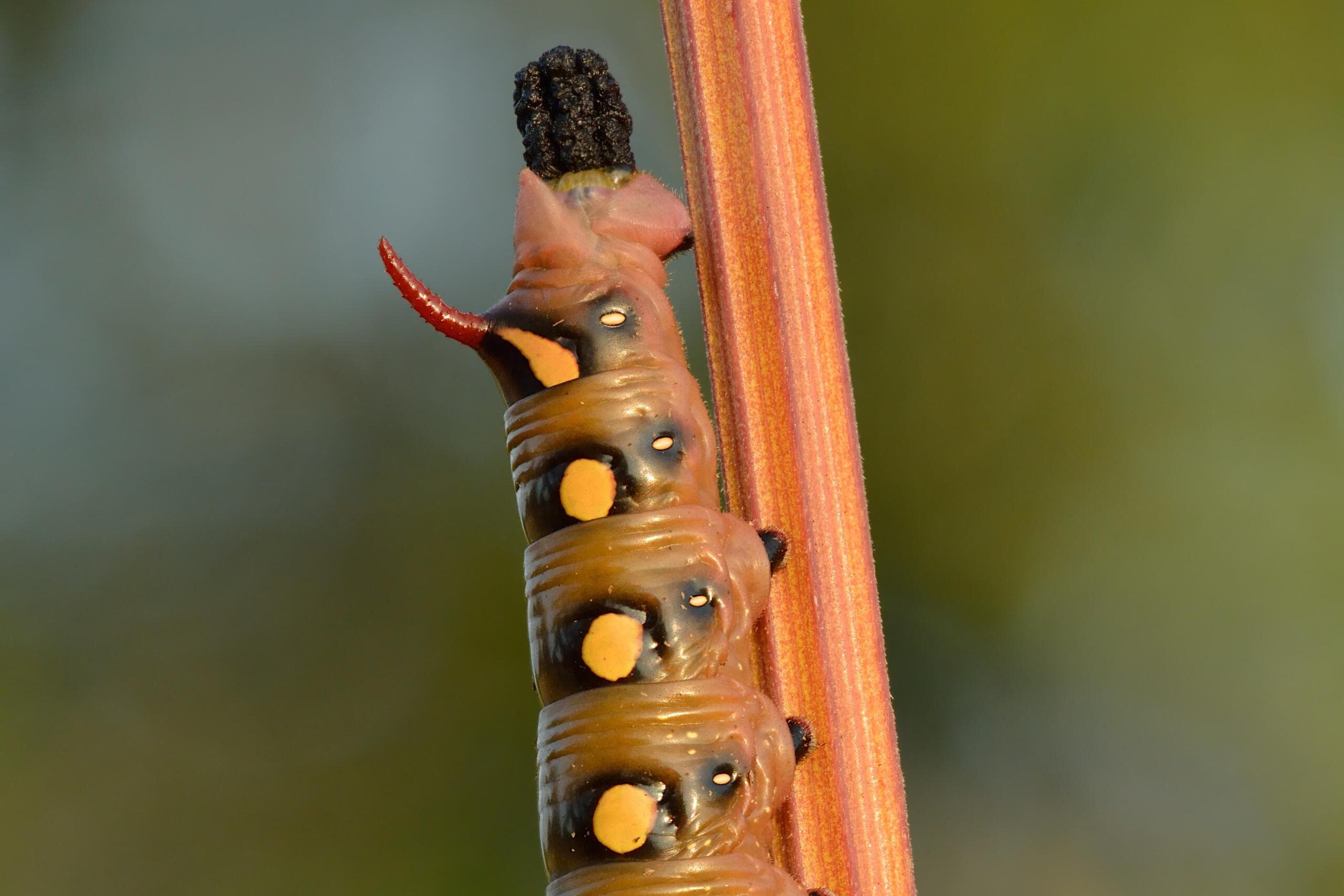
Many caterpillar species eject small pellets of poop, called frass, far from their position, effectively spitting it up to 40 times their body length away. This helps avoid predators or parasites that might use fresh frass to track the caterpillar’s location. Some even build specialized structures or traps to fling the pellets more efficiently. This remarkable poop-launching behavior shows how insects evolved creative defenses using even their waste.
9. Hippos Fling It With Tail

Hippos deploy a bold fecal-marking strategy: they spin and flick their tail while defecating, spraying dung over wide arcs onto rivals, vegetation, and water. This dramatic “poop-spraying” serves as both territorial signaling and social messaging. The vivid scent squares with dominance displays and resource boundaries among groups. While shocking at first glance, it’s a surprisingly clever way to mark territory in water-based habitats using biology’s own paintbrush.
10. Rabbits Re‑Eat Their Droppings
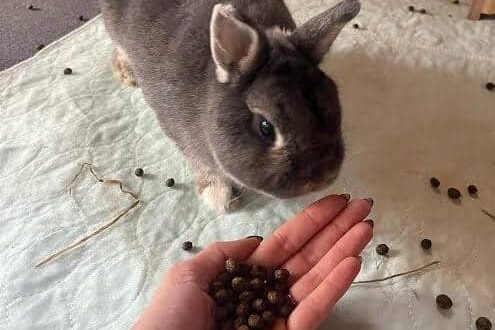
Rabbits produce two types of feces: soft cecotropes and harder pellets. The cecotropes are eaten directly from the anus shortly after elimination to absorb leftover nutrients such as B vitamins and microbial proteins. This coprophagy helps them maximize energy extraction from their fibrous diet, especially important when eating low‑nutrient grasses or hay. While unappealing by human standards, this habitual re‑eating is essential to rabbit health and efficient digestion, particularly in challenging environments where high-nutrient food is scarce.
11. Ants Build Long‑Term Toilets
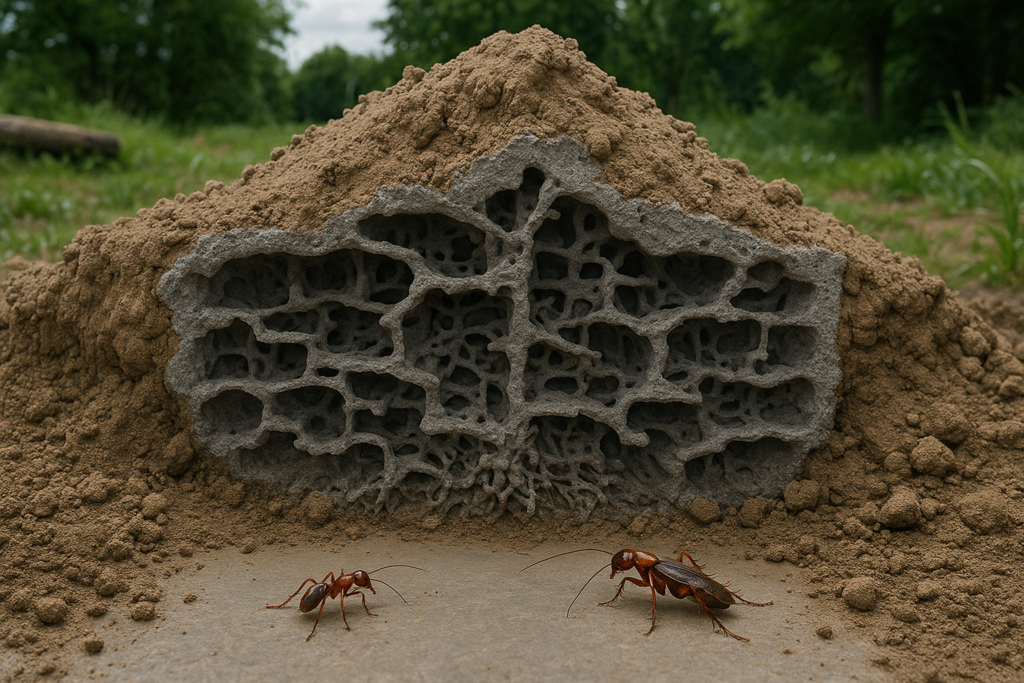
Certain ant species designate specific nest areas for defecation, creating communal “toilet zones” well away from brood chambers. These latrine sites help reduce disease by keeping the nursery and foraging paths clean. Worker ants deposit waste in these zones consistently, sometimes even walling off the area afterward to isolate pathogens. This division of labor in sanitation demonstrates social insect hygiene and highlights ants’ surprisingly advanced nest management, proving that even insects understand the importance of bathroom boundaries.
This story 11 Grossest Things Animals Do With Poop, And Why was first published on Daily FETCH


